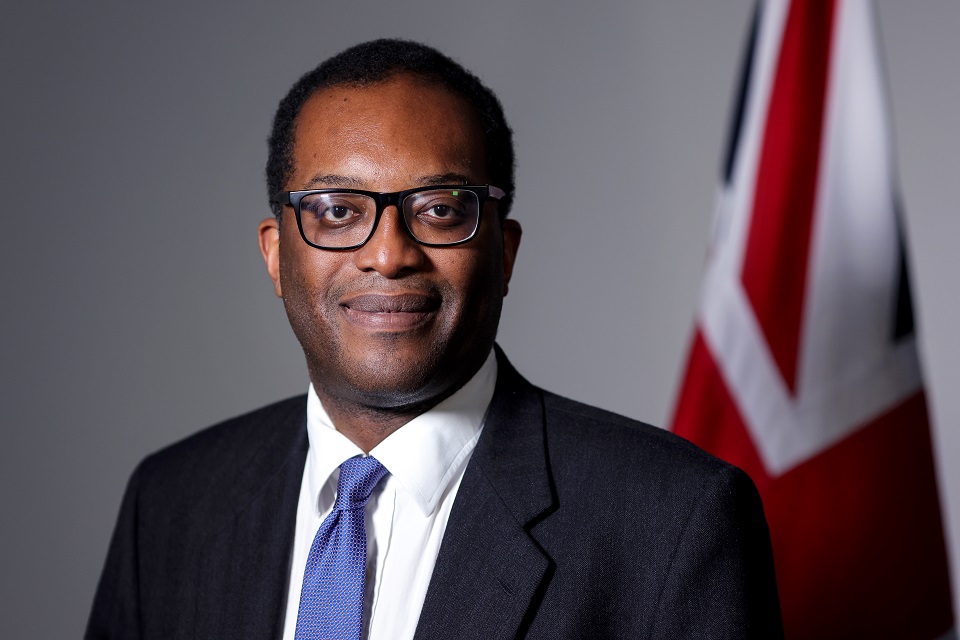The UK inflation rate has fallen back to 9.9%, figures from the Office for National Statistics (ONS) have confirmed.
Consumer Price Index (CPI) data showed that inflation in the UK climbed by 9.9% in the 12 months to August 2022, down from a figure of 10.1% in July.
The ONS reported that a fall in the price of motor fuels made the largest downward contribution to the change in the CPI annual inflation rate between July and August, while rising food prices made the largest contribution to offsetting the upward increase in the rates.
On a monthly basis, CPI inflation increased by 0.5% in August 2022, which compared to a jump of 0.7% in August last year.
Reacting the announcement, chief investment strategist at wealth manager Evelyn Partners, Daniel Casali, suggested there are “mixed signals” in the August inflation data.
“On the one hand, headline CPI inflation came in lower than expected, but the underlying core CPI measure remains stubbornly high, increasing the pressure on the Bank of England (BoE) to raise interest rates by more than the 50 basis points expected by the Bloomberg consensus of economists when it meets on 22 September.
“Nevertheless, this August print does not reflect recently announced policy measures, which will have a material effect on future inflation readings. The new Liz Truss government delivered a significant intervention in the energy market, including a two-year ‘energy price guarantee’ that fixes the average household bill at around £2,500, based on typical usage, and lasts for two years, starting 1 October. This comes on top of a £400 energy rebate from the previous government under Boris Johnson.
“By ‘capping’ utility energy prices, this likely means that headline CPI inflation is set to peak earlier and lower than some economists had previously predicted.”
While the lowest figures show a dip in the annual CPI inflation rate, July’s figure of 10.1% was the highest annual rate recorded in the ONS series, which began in January 1997.
Figures indicate that the CPI rate was last higher than this around 40 years ago, when 1982 estimates show it ranging from a high of almost 11% in January down to approximately 6.5% in December.
Technical director at Canada Life, Andrew Tully, said the latest inflation numbers will “do little to reassure households across the country” who are struggling to come to terms with increased prices and higher bills.
“It has to be said that the immediate outlook looks bleak, with the BoE predicting the peak of inflation to come later this year at around 13%. The peak, when it does come, will offer little respite when the tail of inflation is predicted to last well into next year and not come close to the target of around 2% for several years.
“While UK workers continue to feel the pain as wages lag inflation, there will be some positive news in the coming months for retirees. As inflation marches on, September’s data will determine the living standards for millions of retirees across the UK for the coming year, and it is highly likely the state pension is on track to increase by a record amount in April 2023.”
Latest News
-
Targeted support applications to open from March 2026
-
19 firms join forces to launch new retail investment campaign
-
Four in five bridging professionals confident about 2026 market outlook
-
Söderberg & Partners invests in UK group rockwealth
-
SME lending grows again in Q3 – UK Finance
-
Titan Wealth acquires Morgans Ltd
Perenna and the long-term fixed mortgage market

Content editor, Dan McGrath, spoke to head of product, proposition and distribution at Perenna, John Davison, to explore the long-term fixed mortgage market, the role that Perenna plays in this sector and the impact of the recent Autumn Budget
The role of the bridging market and technology usage in the industry
Content editor, Dan McGrath, sat down with chief operating officer at Black & White Bridging, Damien Druce, and head of development finance at Empire Global Finance, Pete Williams, to explore the role of the bridging sector, the role of AI across the industry and how the property market has fared in the Labour Government’s first year in office.
NEW BUILD IN FOCUS - NEW EPISODE OF THE MORTGAGE INSIDER PODCAST, OUT NOW

Figures from the National House-Building Council saw Q1 2025 register a 36% increase in new homes built across the UK compared with the same period last year, representing a striking development for the first-time buyer market. But with the higher cost of building, ongoing planning challenges and new and changing regulations, how sustainable is this growth? And what does it mean for brokers?
Does the North-South divide still exist in the UK housing market?

What do the most expensive parts of the country reveal about shifting demand? And why is the Manchester housing market now outperforming many southern counterparts?
In this episode of the Barclays Mortgage Insider Podcast, host Phil Spencer is joined by Lucian Cook, Head of Research at Savills, and Ross Jones, founder of Home Financial and Evolve Commercial Finance, to explore how regional trends are redefining the UK housing, mortgage and buy-to-let markets.
In this episode of the Barclays Mortgage Insider Podcast, host Phil Spencer is joined by Lucian Cook, Head of Research at Savills, and Ross Jones, founder of Home Financial and Evolve Commercial Finance, to explore how regional trends are redefining the UK housing, mortgage and buy-to-let markets.
© 2019 Perspective Publishing Privacy & Cookies











Recent Stories